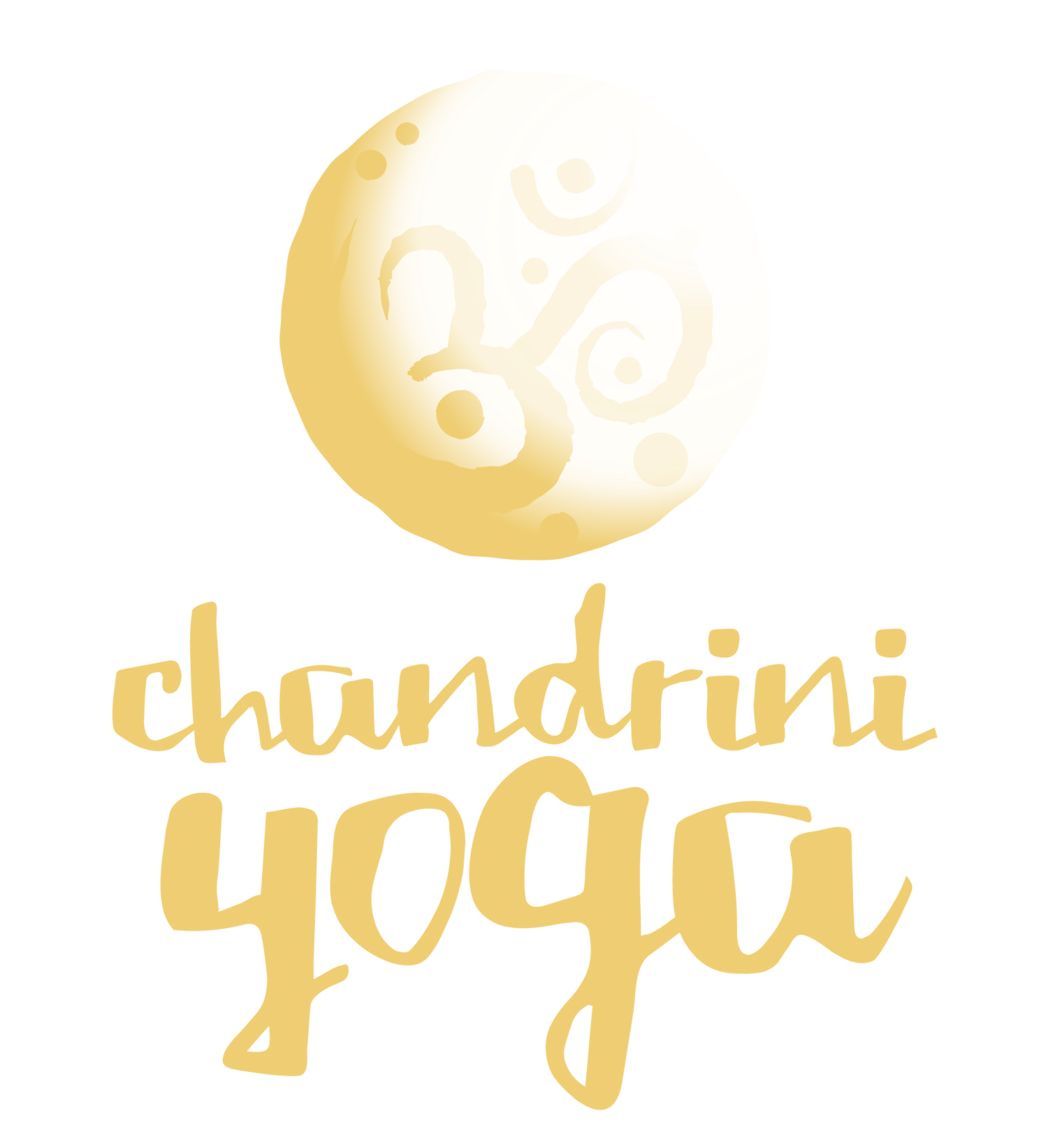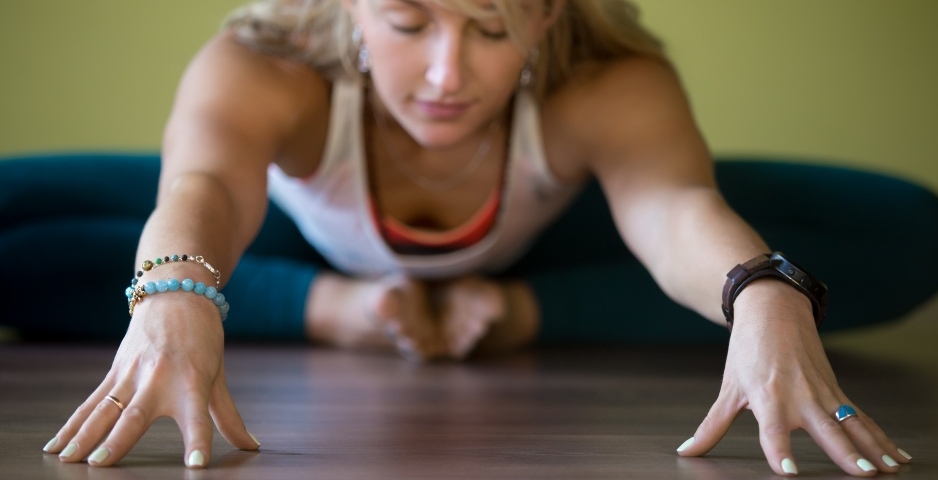the practice of yoga while fasting
/With Ramadan just around the corner, for many of us it’s that time of the year when we start to plan ahead in order to be able to keep up our physical yoga practice while fasting several hours a day. If you have fasted before, you have probably already experienced some of the overall health benefits that come with it. If you are new to yoga, however, you may be wondering whether continuing to practice on a completely empty stomach can be a wise or even healthy idea. In order to put things into context, here I would like to share a few facts about fasting and its relationship with yoga, along with my own experience of keeping up my asana practice during Ramadan.
Fasting in a yogic context
"In yoga, the ideal break between one meal and the next meal is eight hours. You can manage these kinds of meals even when you are working outside. But a minimum of five hours is a must for everybody. This is because only when your stomach is empty, your excretory system functions properly." (Sadhguru)
Fasting is actually a very common practice among yogis who understand that this healing technique, one of the oldest known to man, can have incredibly positive effects both on the body and the mind.
Yogic fastings can be of different types, including juice fasts, water fasts, or more severe types of fasting in which the practitioner abstains from the intake of both food and fluids. Fasting can also last anywhere from several hours to days. Generally, anybody in good health can safely do a juice or water fast for 3-5 days without supervision. Longer or more extreme types of fasting may require supervision and I wouldn’t advise undertaking one without consulting your general practitioner and making the necessary preparations to ensure that you stay healthy throughout the process.
From a physical point of view, fasting promotes the process of autolysis, which usually begins one or two full days after you start the fast, and which consists in your body digesting and getting rid of diseased, damaged, dead, and dying cells. Fasting promotes the elimination of toxins from the organism, and also provides your digestive system with much needed rest, freeing up the energy that usually goes into the digestion process and redirecting it towards other purposes. Because of this, while many people initially think of fasting as an extenuating ordeal, those who try it tend to realize that, after a while, they feel more energetic than the usual.
From a spiritual point of view, fasting can increase your awareness, making it easier to focus and to enter a meditative state . Fasting may also help to develop your willpower, as you learn to resists bodily urges, and develop the ability to complete a self-imposed task. When you become able to distance yourself from food and look at it as a mere object, without giving in to your body’s craving for sensory pleasures, you start to realize that you are not this body. Fasting may also help you gain sensitivity and intuition.
All of the above create the perfect bodily environment for an enhanced yoga practice. You may enjoy more energy than the usual, and also be able to get deeper into some poses (or to perform poses you had never managed before) because your gut is empty. Likewise, your concentration may be improved, helping you turn your attention inward as you breathe in awareness.
3 keys to keeping up your practice while you fast
Every year, before and during Ramadan, when Muslims around the world fast every day for a month from sunrise to sunset, I get questions on my Instagram account about whether I continue my regular yoga practice while fasting, and whether I still teach. The answer to both questions is yes. Here are a 3 key pointers that, from experience, work for me:
Asana is not everything
As I wrote in my previous blog post, “what is yoga?”, asana is not everything in a yoga practice. It is important to remember this, because it means that you can still practice yoga even if you’re not doing any physical postures. While it’s definitely better to keep the body active throughout your fast, there may be times when this is not possible or when you are just not feeling it. It’s okay. You can do other things: namely pranayama, seva (selfless service or action, i.e. karma yoga), concentration and meditation, and even reading and studying in order to deepen your understanding of yoga philosophy (you will find several book recommendations on my affiliate Amazon page, linked in the Recommendations section of this website.)
Find a time that works for you
If you’re practicing asana, find a time that works for you. You may need to change the time from your usual routine. As your energetic pattern will change, you may also feel more energized at different times of the day than when you’re eating. You may also want to save some energy in the morning, and dive into a more vigorous practice later in the day, when you’ll have less hours left until you can break your fast. In my particular case, I usually start my own personal practice, which lasts anywhere from 1 to 2 hours, between 11 am and midday. During Ramadan, I often prefer to start a little later, between 1 and 2 pm. I also change my teaching schedule, which goes down from 6 classes a week to just 3, which I hold in the late afternoon, so by the time the class is over people have just about a couple of hours to go home and get ready to break their fast. If you’re looking to join me for class during this Ramadan, please scroll down to the bottom of this post to check out the schedule and book a spot!
Modify your practice if needed
Because my personal yoga practice is not excessively dynamic and doesn’t usually include a vinyasa style flow, I don’t usually feel the need to modify it during Ramadan. I practice my school’s sequence, which is heavily inspired by the Sivananda sequence, and I usually add several extra more advanced poses or modifications, depending on how I’m feeling. During Ramadan, I keep up the same practice and, depending on how my body is responding, I stick to the basic sequence, or take it a little further, always with awareness. I have also recently started learning the Ashtanga Vinyasa Yoga Primary Series, which I practice once a week at the moment, but I am unsure at the moment about whether I’ll keep this one up while fasting, as it’s more dynamic and demanding than my usual Classical Hatha practice.
If you feel like you don’t have the energy for a full regular practice, or you wish to start slower to gauge your capacity and endurance before committing all the way, you can always start by modifying your practice and seeing how you feel. Some ideas are sticking to a few rounds of the sun salutation and 4 or 5 other poses of your choice, or exploring a gentler and more static yet powerful practice like Yin Yoga, in which each pose is held somewhere between 3 to 10 minutes with the aid of props if needed. Yin Yoga is perfect to release the connective bands and tissue all around and within your muscles, as it works on the deepest layers of our anatomy, providing an enhanced sense of relaxation, clearing energetic blockages and promoting circulation.
I hope that the keys above will help you sustain your practice while you fast and make the most out of it— please let me know if you have any additional advice and share your experience in the comments.
If you’re in Oujda (Morocco) and would like to join us for practice, check out the schedule below and book your spot here.
ETA: You can find an enhanced version of this article, published as a guest blog post, on Juru Yoga's blog.




























